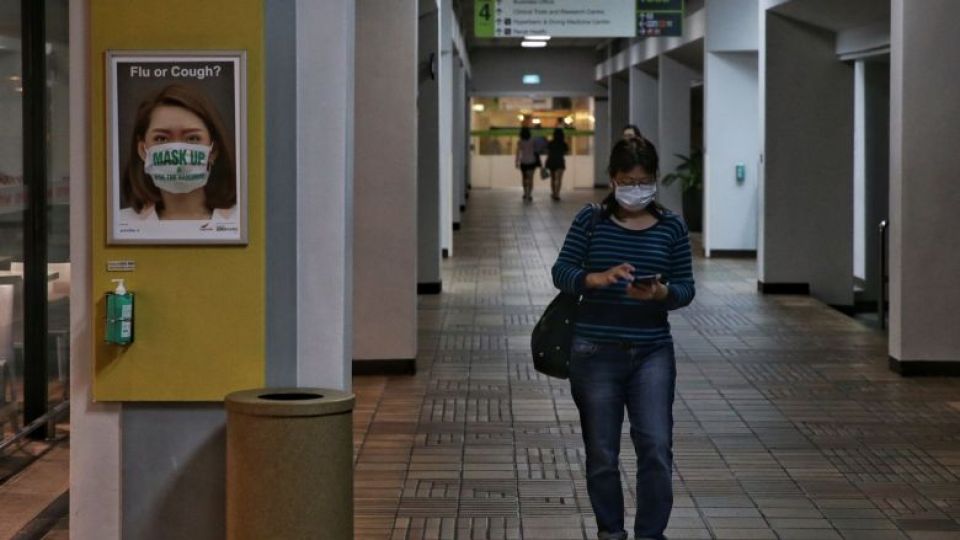March 10, 2020
A study by the National Centre for Infectious Diseases found that the coronavirus could be found in isolation facilities – including in an air duct connected to the room of a patient.
There is currently no evidence that Covid-19 can spread through air-conditioning systems, said Professor Leo Yee Sin, executive director of the National Centre for Infectious Diseases (NCID) yesterday.
While a recent study by NCID researchers had found that the virus causing Covid-19 could be found in isolation facilities – including in an air duct connected to the room of one of the patients – it does not prove that this disease is an airborne one, experts told The Straits Times yesterday.
Preliminary studies have shown that the main way the virus is spread is through respiratory droplets.
The findings from the NCID study, which was published in the Journal of the American Medical Association last Wednesday, had found that a Covid-19 patient with mild symptoms could cause “extensive environmental contamination” in an isolation room, before it was cleaned.
Samples taken from the toilet bowl and sink used by one patient had tested positive for the presence of the virus, although post-cleaning samples were negative, suggesting that current decontamination measures are sufficient.
The study also suggested that “small virus-laden droplets may be displaced by airflows and deposited on equipment such as vents”, prompting international headlines on how this could be a route of transmission.
Prof Leo explained that the purpose of the study was to look into environment contamination rather than how the virus spreads.
“It is not so much to prove if it is an airborne condition or not; it is just merely telling you that the virus is scattered around in the isolation facilities.”
Determining whether the virus could be an airborne one required a different set of experiments, she pointed out.
“Currently, we are progressively inching up… to answer these questions, whether or not the virus could be spread through droplets, or whether or not it is airborne transmission,” she said in response to a question from The Straits Times senior health correspondent Salma Khalik, who moderated a panel discussion with four experts on Covid-19.
Associate Professor Kenneth Mak, director of medical services at the Ministry of Health, who was also on yesterday’s panel, said the findings from the NCID study were consistent with what is currently known about how the virus spreads through respiratory droplets.
He noted that the air-conditioning systems in isolation rooms were not like those in homes.
Prof Mak noted that air-conditioning units in homes are usually located at the top, with air circulating around the room.
But in isolation rooms, the vents are located at the bottom, and airflow is tightly controlled so air is prevented from “spilling over” into other spaces.
“So when you take a swab and find viruses around the vents, it is actually a combination of droplets falling by gravity into those areas, as well as a bit of airflow that comes through,” said Prof Mak.
“It’s not the same situation as in a home where you have an air-conditioning vent and you assume therefore it’s airborne. This is not. This is predominantly still droplet transmission.”


